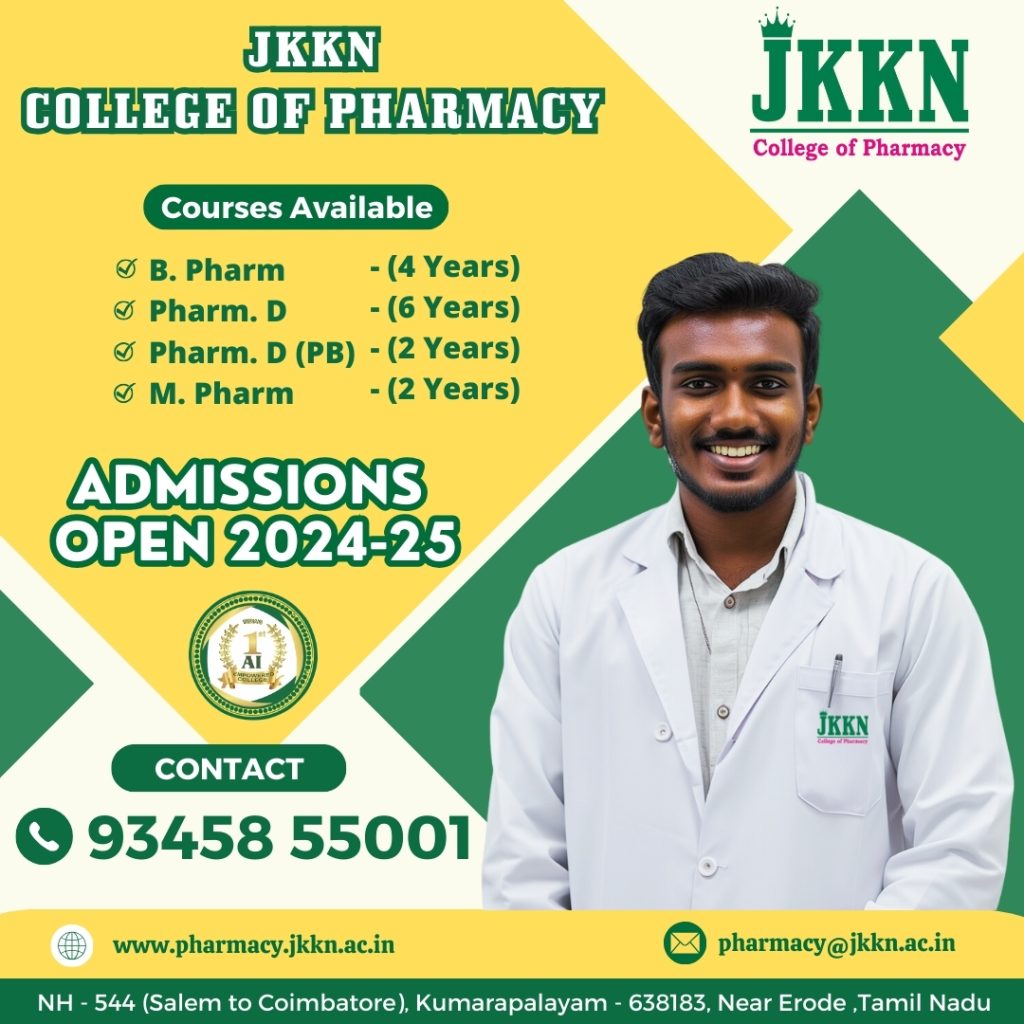I B. PHARM /BIOCHEMISTRY – THEORY
After a successful completion of the course the students will be able to
| Course outcome number | Course Outcomes | Cognitive level |
| CO1 | Describe the introduction, classification, chemical nature, and biological roles of carbohydrates, lipids, nucleic acids, amino acids, and proteins, demonstrating knowledge and comprehension of biomolecules | C1 |
| CO2 | Explain the concept of free energy, endergonic and exergonic reactions, and the relationship between free energy, enthalpy, and entropy. Discuss the biological significance of ATP and cyclic AMP and classify energy-rich compounds | C2 |
| CO3 | Analyze the pathways, energetics, and significance of glycolysis, the citric acid cycle, the HMP shunt, glycogen metabolism, and gluconeogenesis. Discuss hormonal regulation of blood glucose levels and its relation to diabetes mellitus | C3 |
| CO4 | Explain the mechanisms of electron transport chain, oxidative phosphorylation, and substrate phosphorylation, and identify inhibitors of ETC and oxidative phosphorylation/Uncouplers | C4 |
| CO5 | Evaluate the processes involved in lipid metabolism, including beta-oxidation, ketone body formation, de novo synthesis of fatty acids, and discuss the biological significance of cholesterol and associated disorders | C5 |
| CO6 | Analyze the general reactions of amino acid metabolism, such as transamination, deamination, decarboxylation, and urea cycle. Examine catabolism of specific amino acids and the synthesis of biologically significant substances | C6 |
Remembering (C1), Understanding (C2), Applying (C3), Analyzing (C4), Evaluating (C5) and Creating (C6)
I B. PHARM / BIOCHEMISTRY -PRACTICAL/ I YEAR
After a successful completion of the practical’s the students will be able to
| Course outcome number | Course Outcomes | Psychomotor Level |
| CO1 | Demonstrate the ability to identify and differentiate carbohydrates (Glucose, Fructose, Lactose, Maltose, Sucrose, and starch) qualitatively, showcasing skills in practical analysis | P1 |
| CO2 | Perform identification tests for Proteins (albumin and Casein), displaying adept manipulation skills and effective use of laboratory apparatus and materials | P2 |
| CO3 | Quantitatively analyze reducing sugars (DNSA method) and Proteins (Biuret method) with meticulous precision, showcasing a high level of precision in analytical procedures | P3 |
| CO4 | Qualitatively analyze urine for abnormal constituents, demonstrating accurate articulation of analytical techniques and procedures. Determine blood creatinine, blood sugar, and serum total cholesterol, effectively applying articulation skills in the laboratory | P4 |
| CO5 | Prepare buffer solutions and measure pH with precision, showcasing adept manipulation skills and knowledge of laboratory techniques. Study the enzymatic hydrolysis of starch, investigate the effect of Temperature on Salivary amylase activity, and explore the effect of substrate concentration on salivary amylase activity, demonstrating naturalization skills in practical biochemistry | P5 |
Imitation (P1), Manipulation (P2), Precision (P3), Articulation (P4) and Naturalization (P5).


